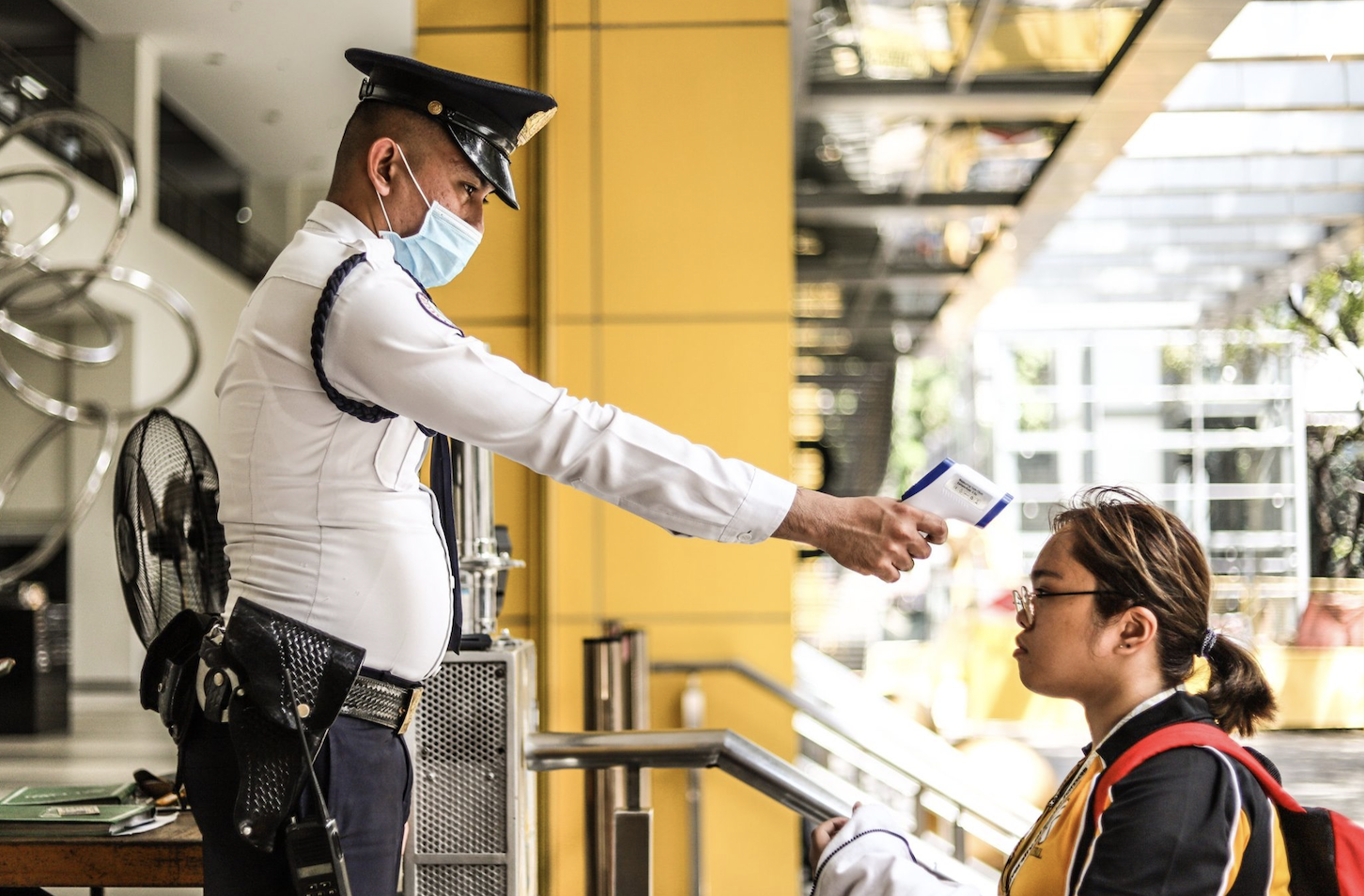
THE PHILIPPINES is ready for the gradual resumption of limited face-to-face (F2F) classes, but clear protocols and guidelines must be put into place, the OCTA Research Team said.
In an interview with the Varsitarian, OCTA fellow Guido David said the government must issue clear policies on vaccine mandates, class attendance, frequency of classes and testing before reopening schools.
“I think we’re ready in terms of the lower risk level, but I think we have to have these clear guidelines in place and a lot of things sorted out before we can have actual F2F classes,” David told the Varsitarian.
Other policies to be observed during the actual classes, such as social distancing, ventilation measures, and degree of interaction, must also be settled, he said.
David suggested requiring in-person class participants to wear face masks, maintain a limited degree of interaction and follow social distancing.
“We shouldn’t be having long, three-hour classes yet,” David said. He said classes should be kept short, at between 60 to 90 minutes each.
Vaccination is also one major consideration in the reopening of these classes, he said.
“If the level of vaccination is not up, or we haven’t vaccinated everyone, but the risk level is very low, then, in theory, we can reopen face-to-face classes, and there would not be any significant risk of transmission or outbreak,” David said.
The Commission on Higher Education (CHEd) announced on Nov. 5 that limited face-to-face classes in all degree programs would be allowed in areas under Alert Level 2 if colleges and universities have the following: high vaccination rates, local government unit approval and retrofitted facilities.
UST’s F2F guidelines
UST required earlier batches of participants in limited F2F classes to undergo a two-week quarantine before the first day of classes.
At least three days from their first day of classes, students must test negative from Covid-19, with their RT-PCR results as proof.
Some students were also required to submit their physical examination results and medical clearance, and to avail themselves of health insurance.
Vaccinations against tuberculosis, hepatitis B and tetanus were mandatory for medical technology students, while physical therapy students were required to get flu shots.
In the campus, students were divided into “bubble” laboratory groups and were assigned to specific rooms for lunch breaks.
They were also required to sign health declaration forms and contact tracing through the Stay Safe PH application and Thomasian Online Medical Services and Support site.
Signages were placed at corridors to direct the students where to go.
However, specific guidelines for all degree programs have yet to be released by CHEd. Justin Benedict T. Lim

0 Comments